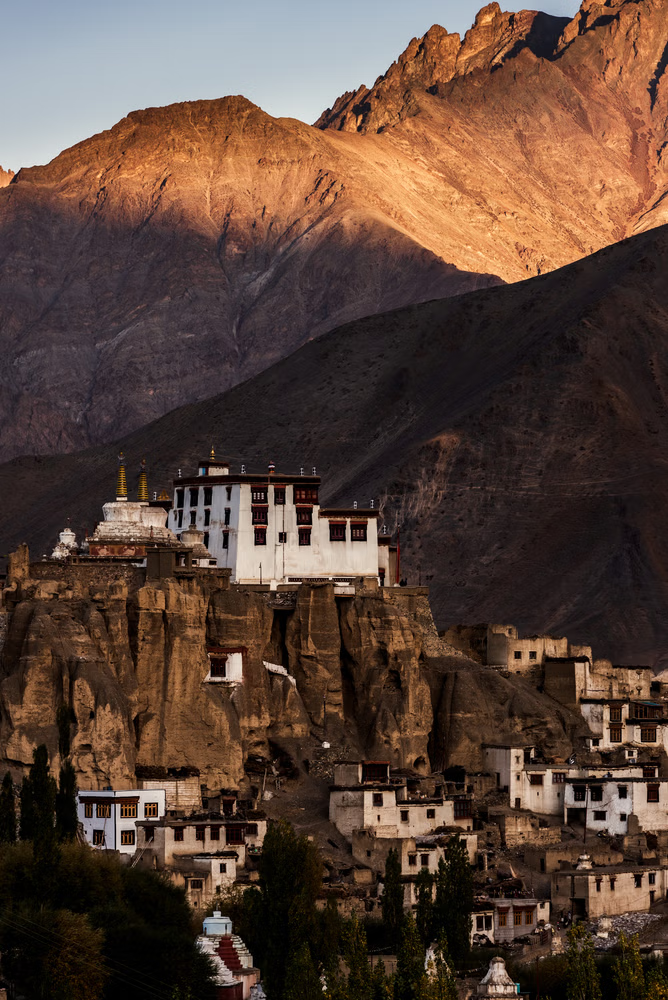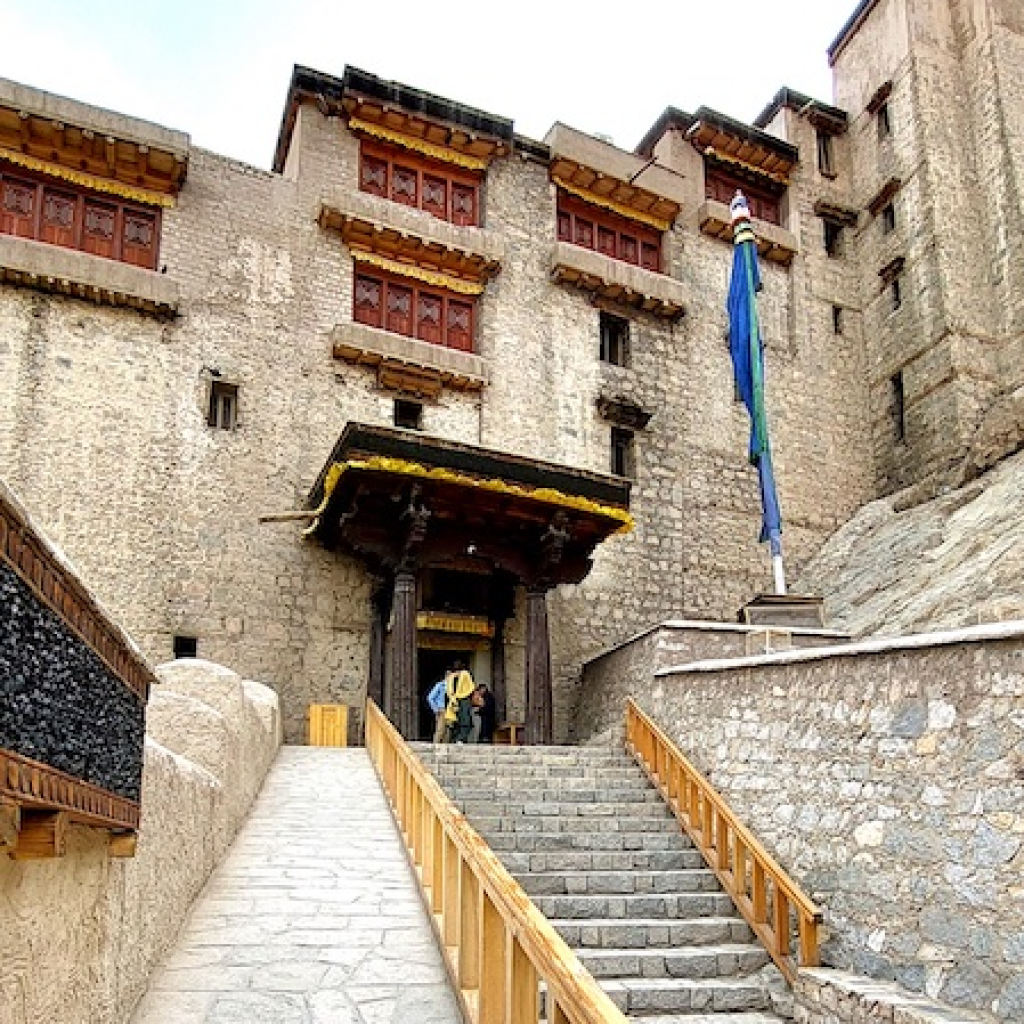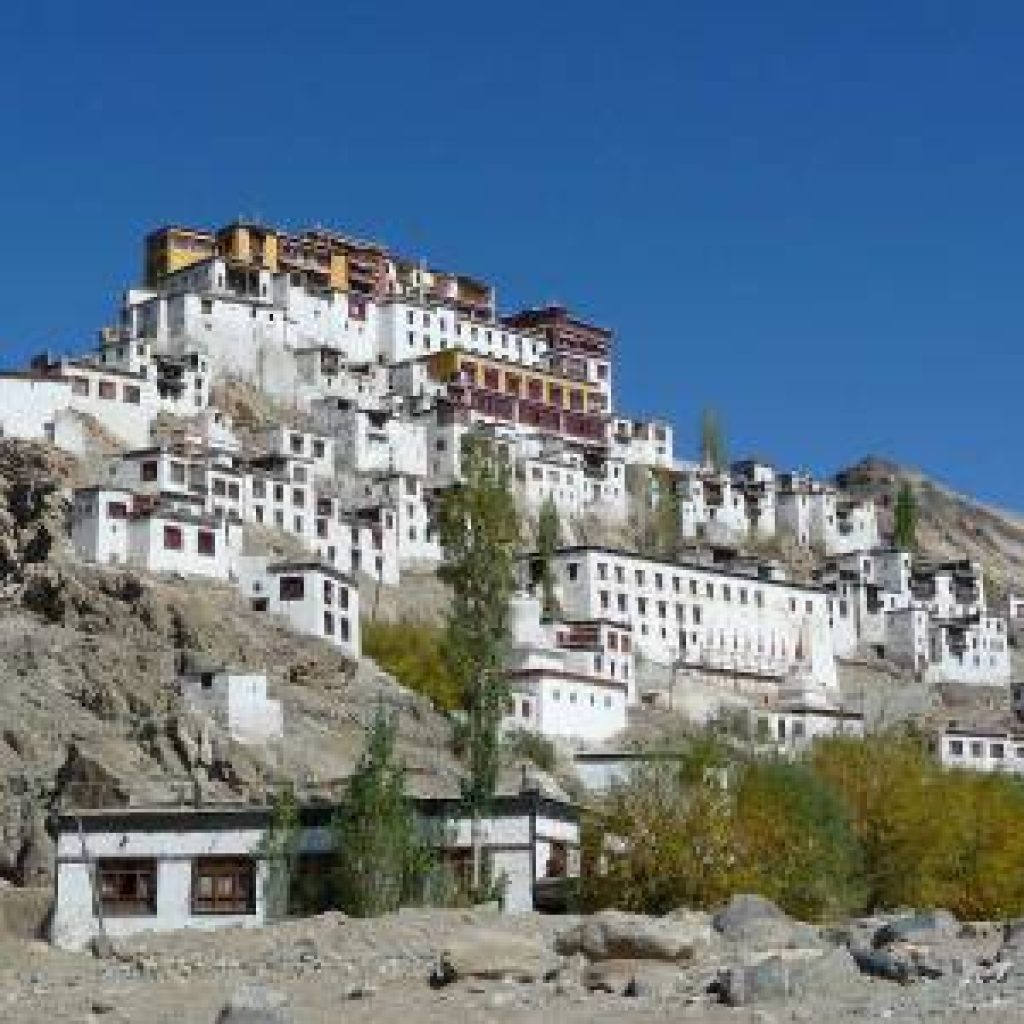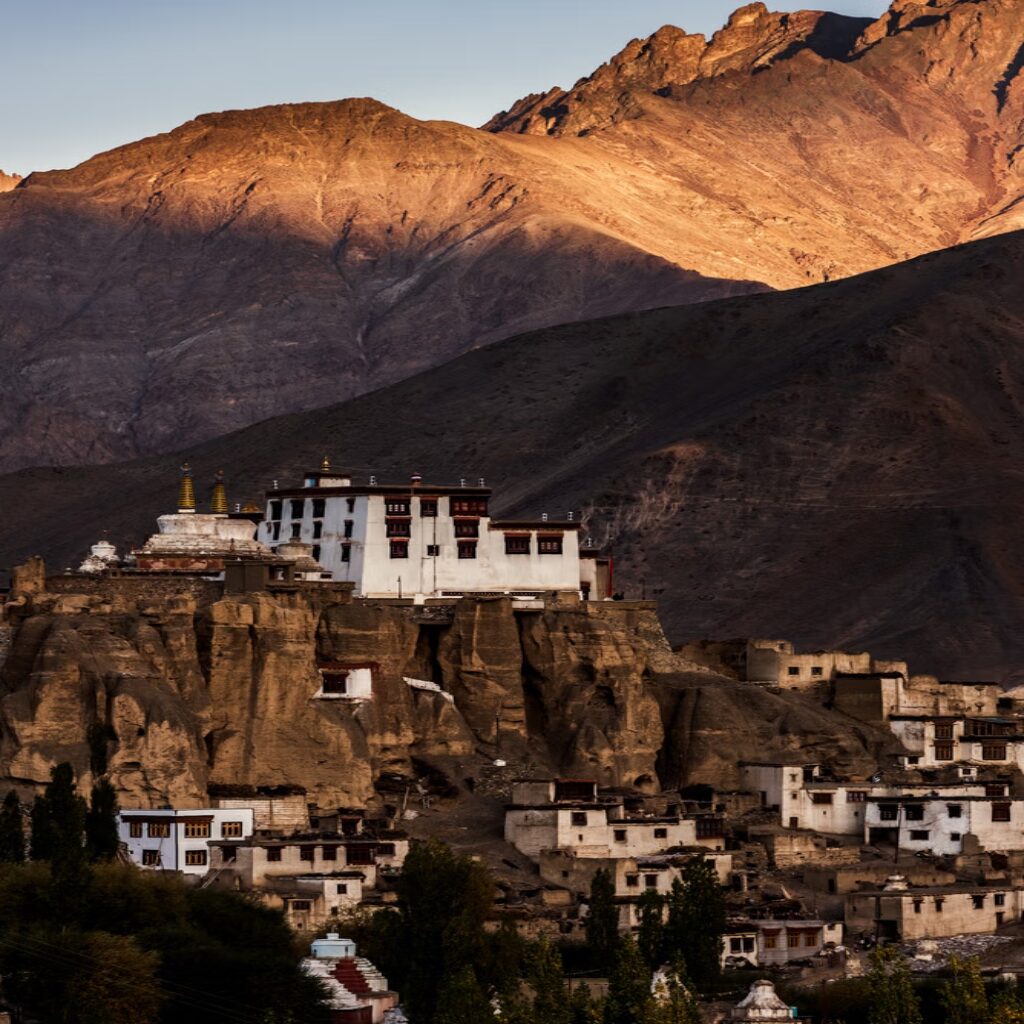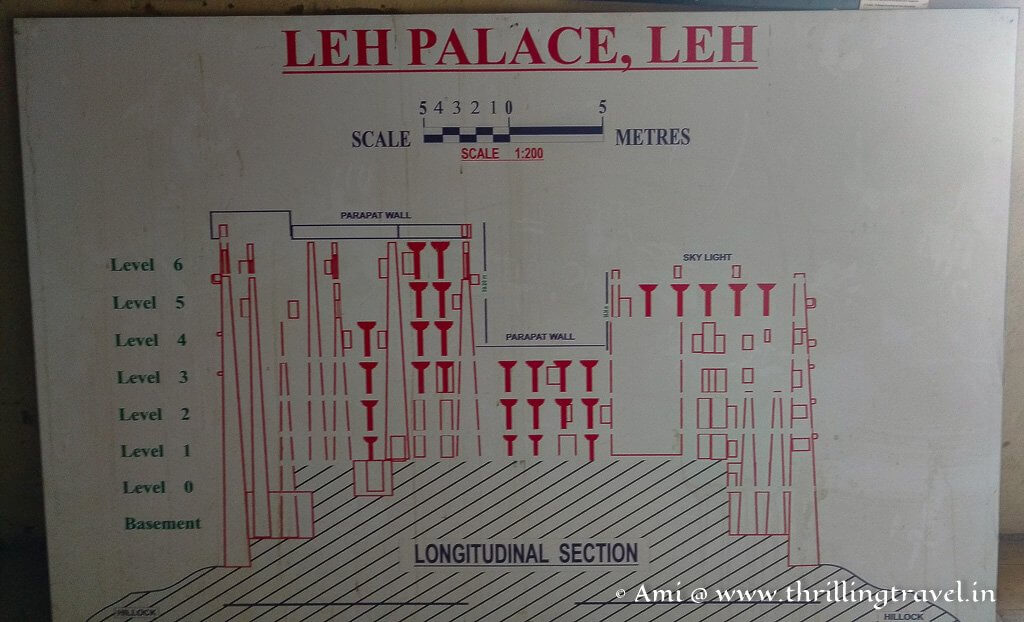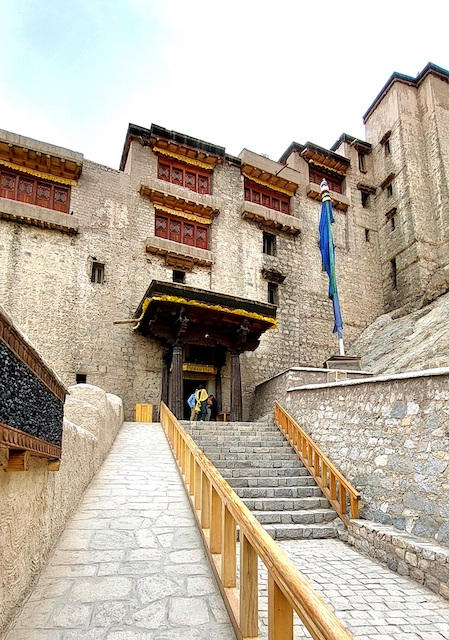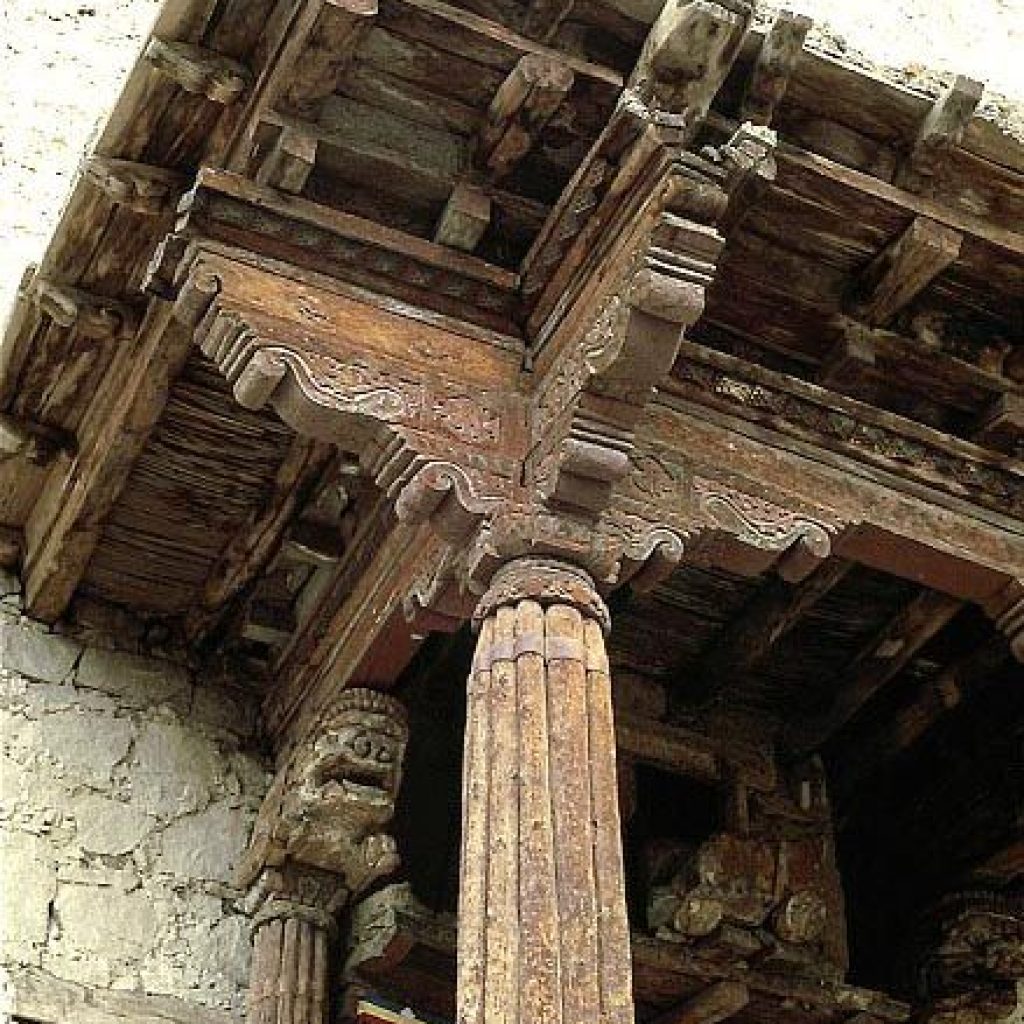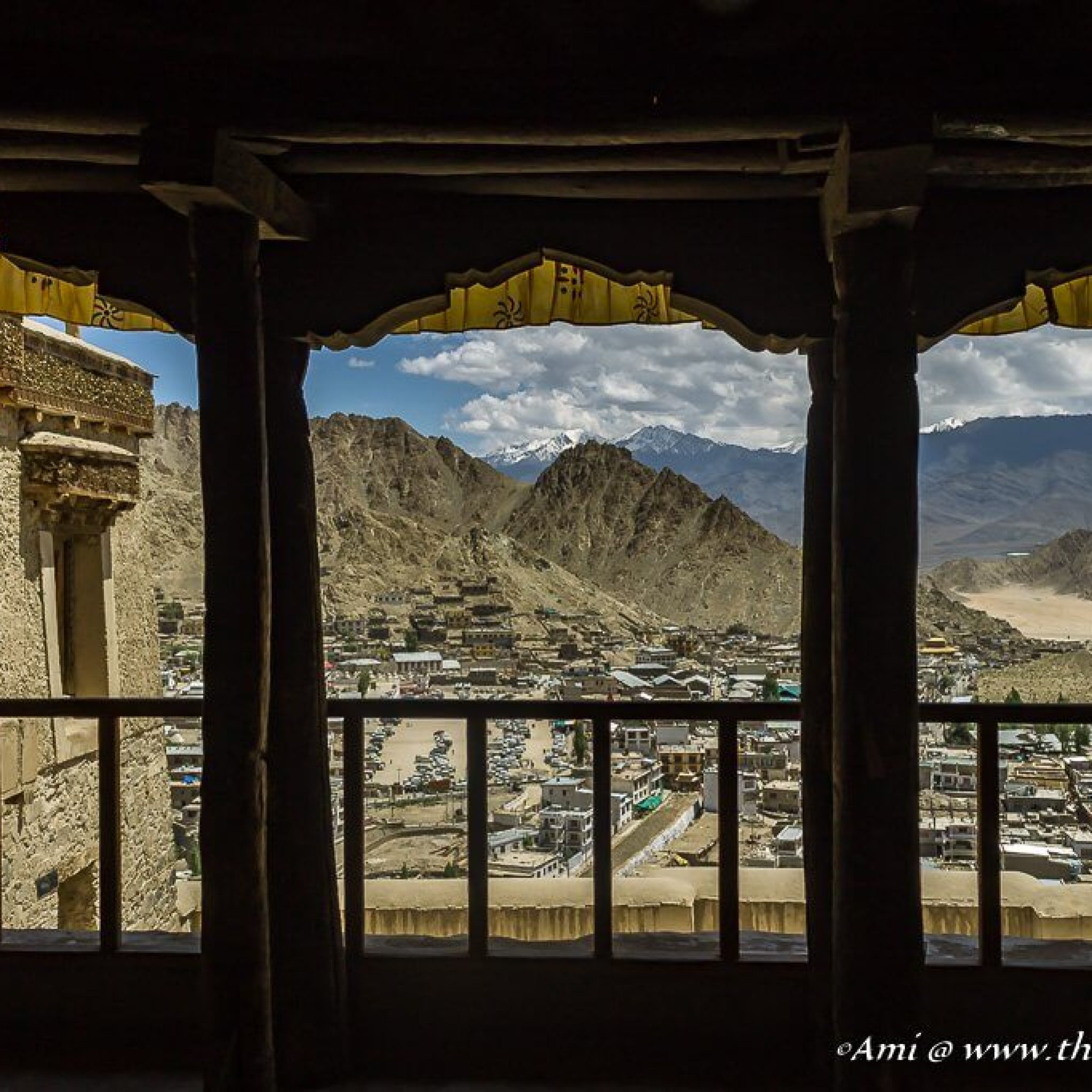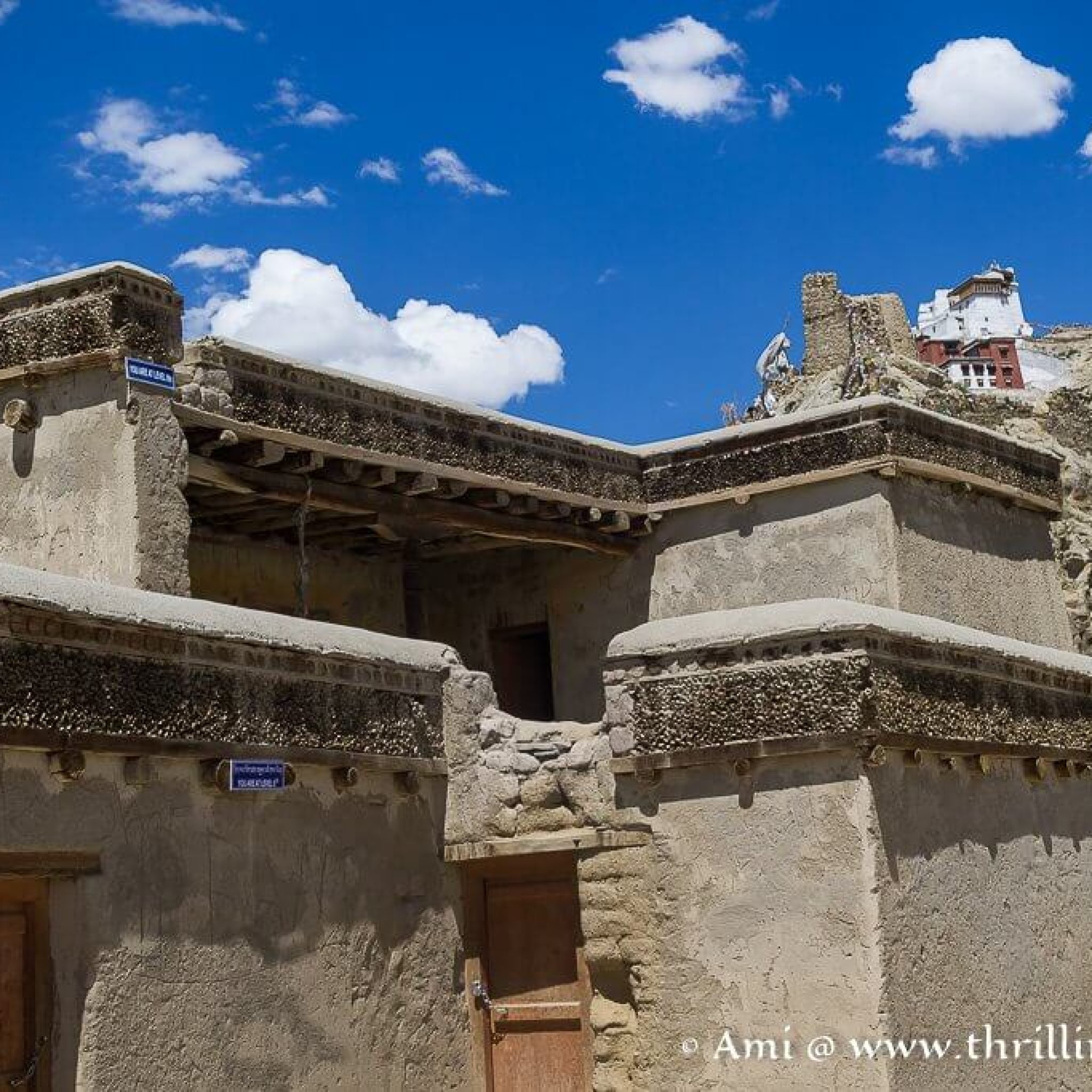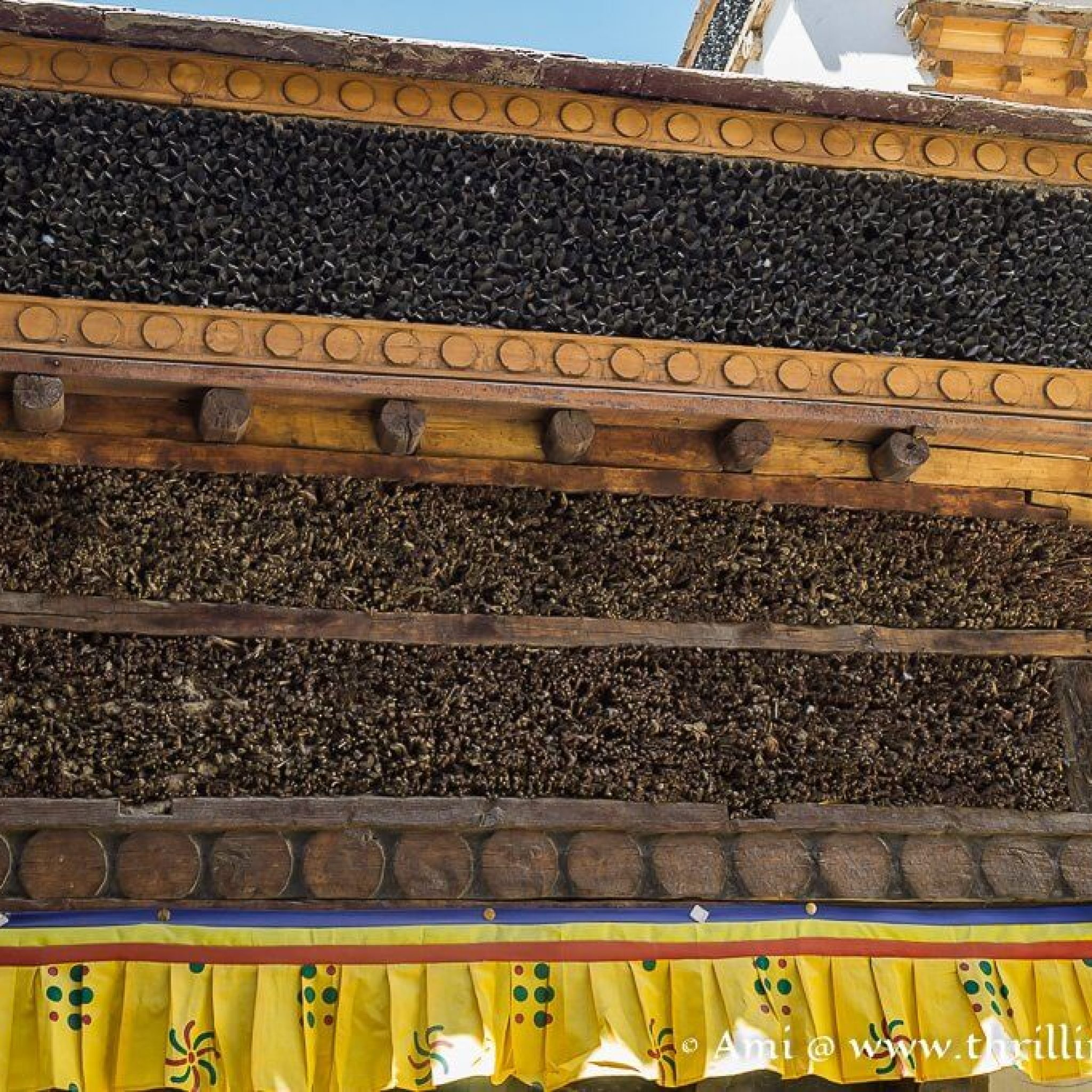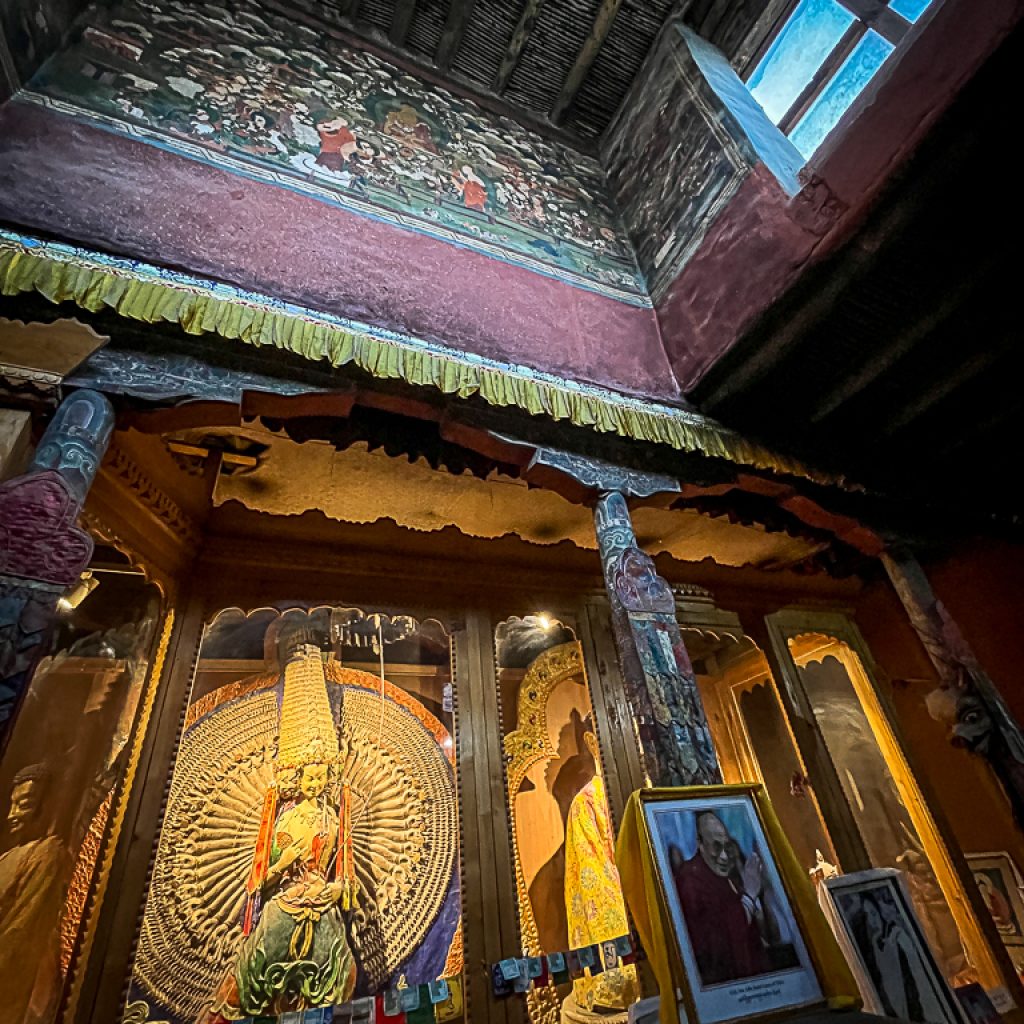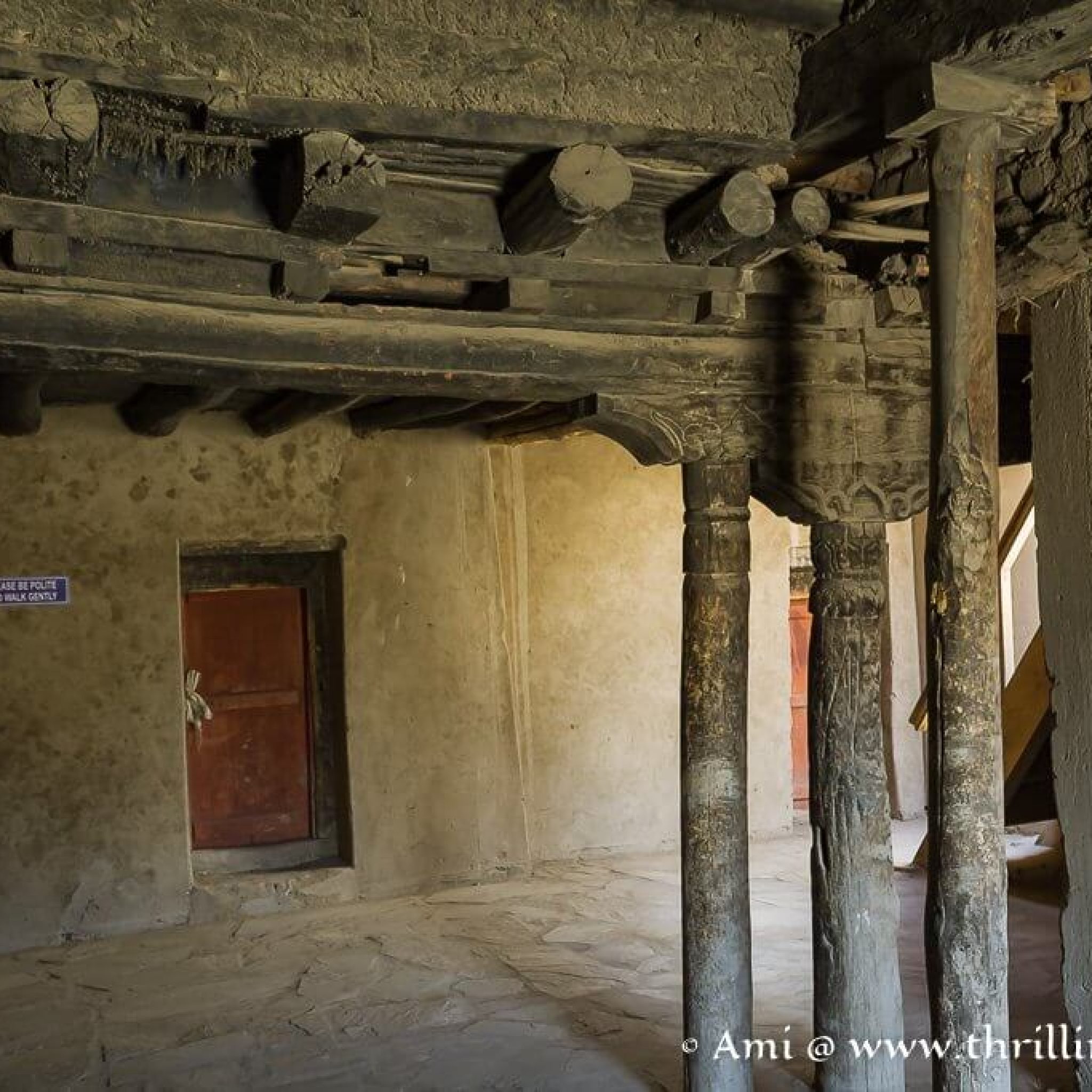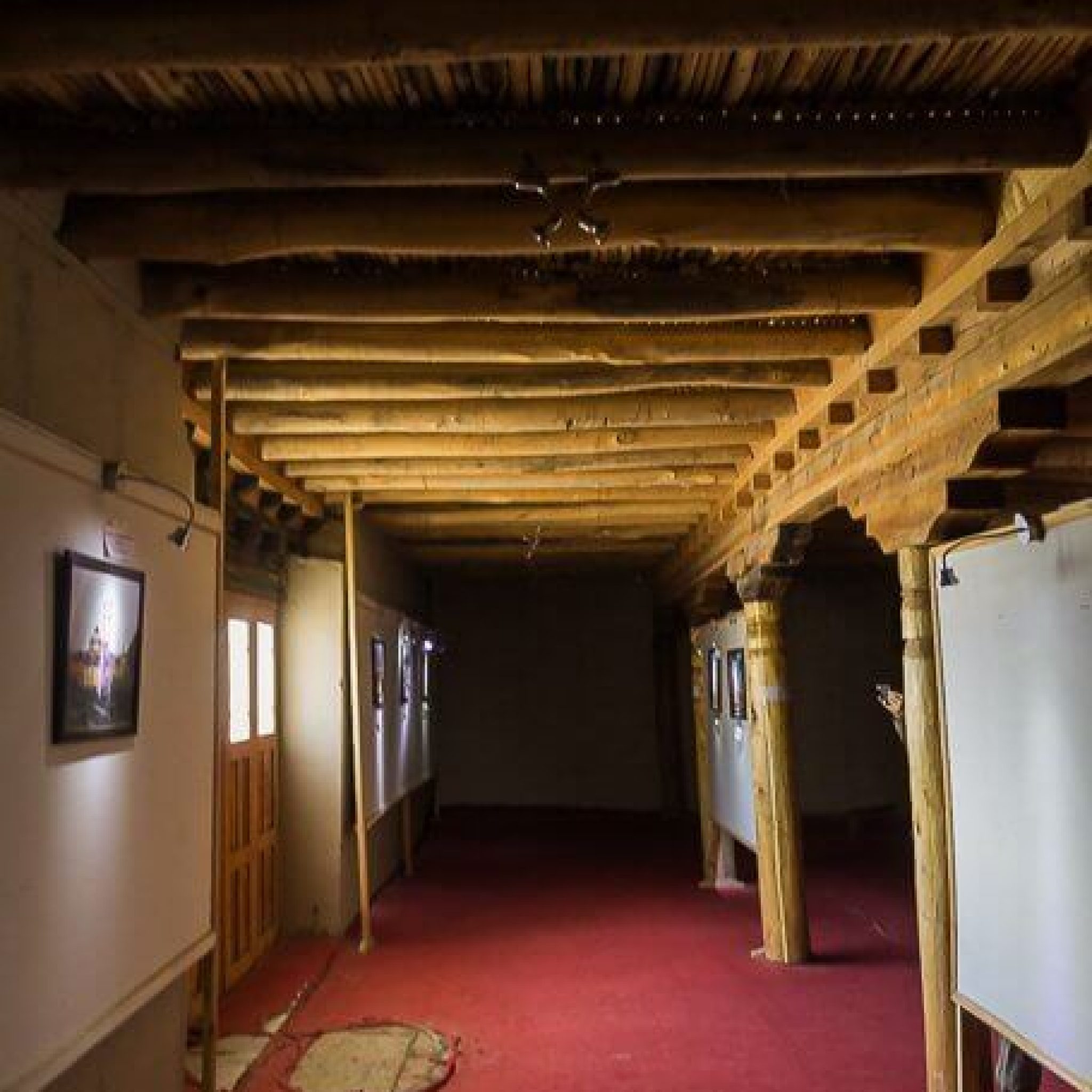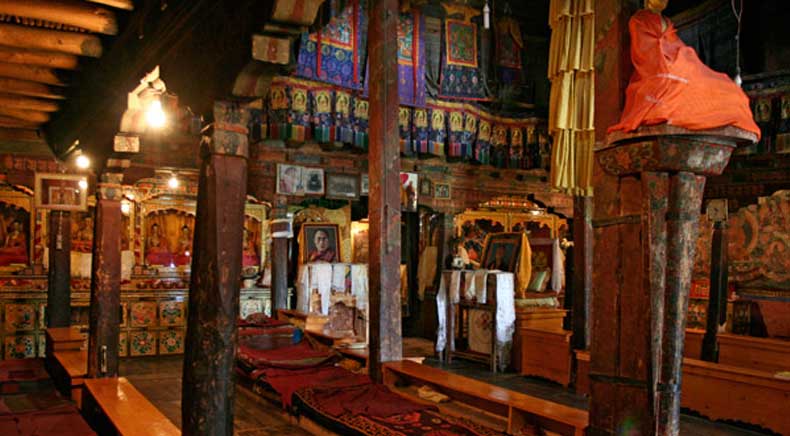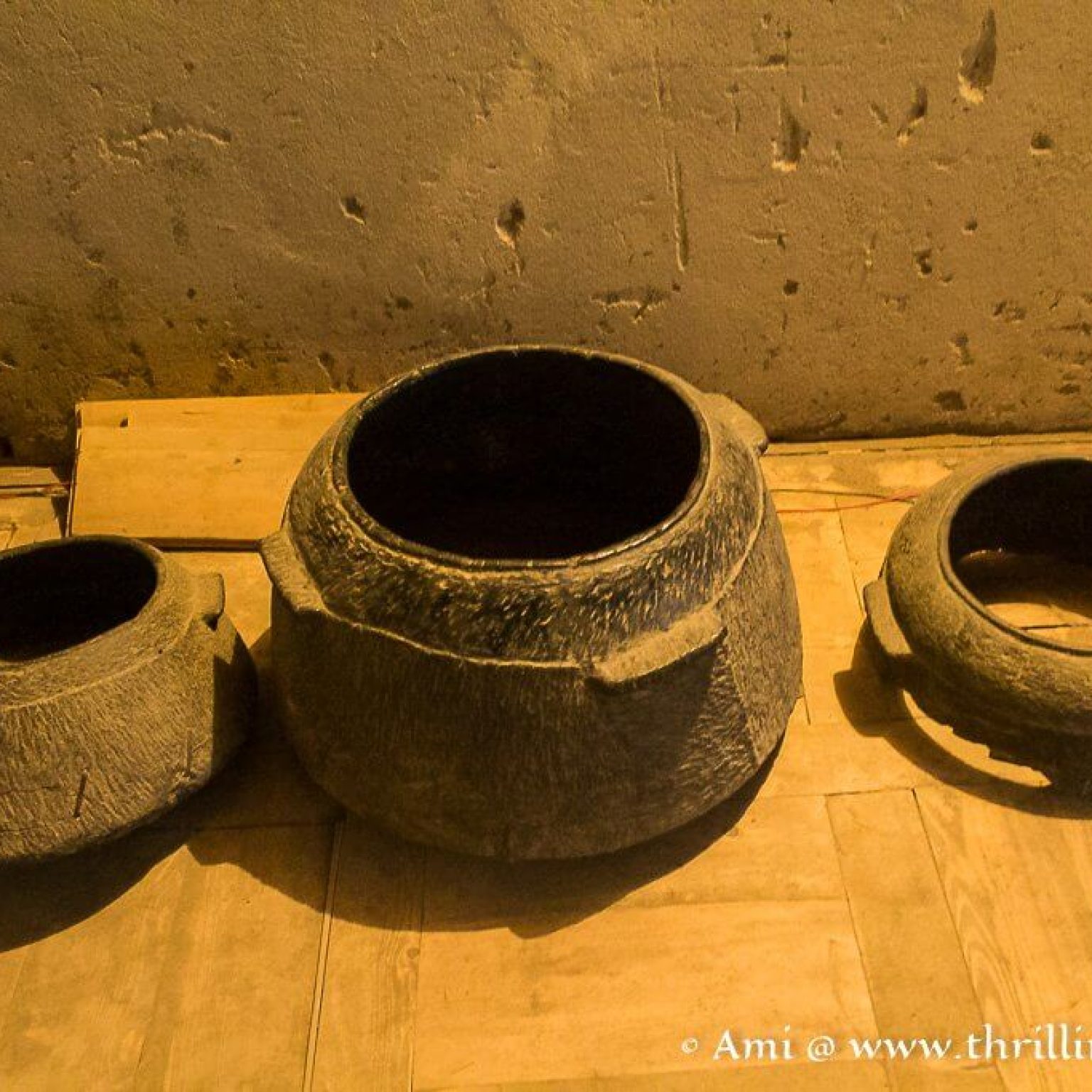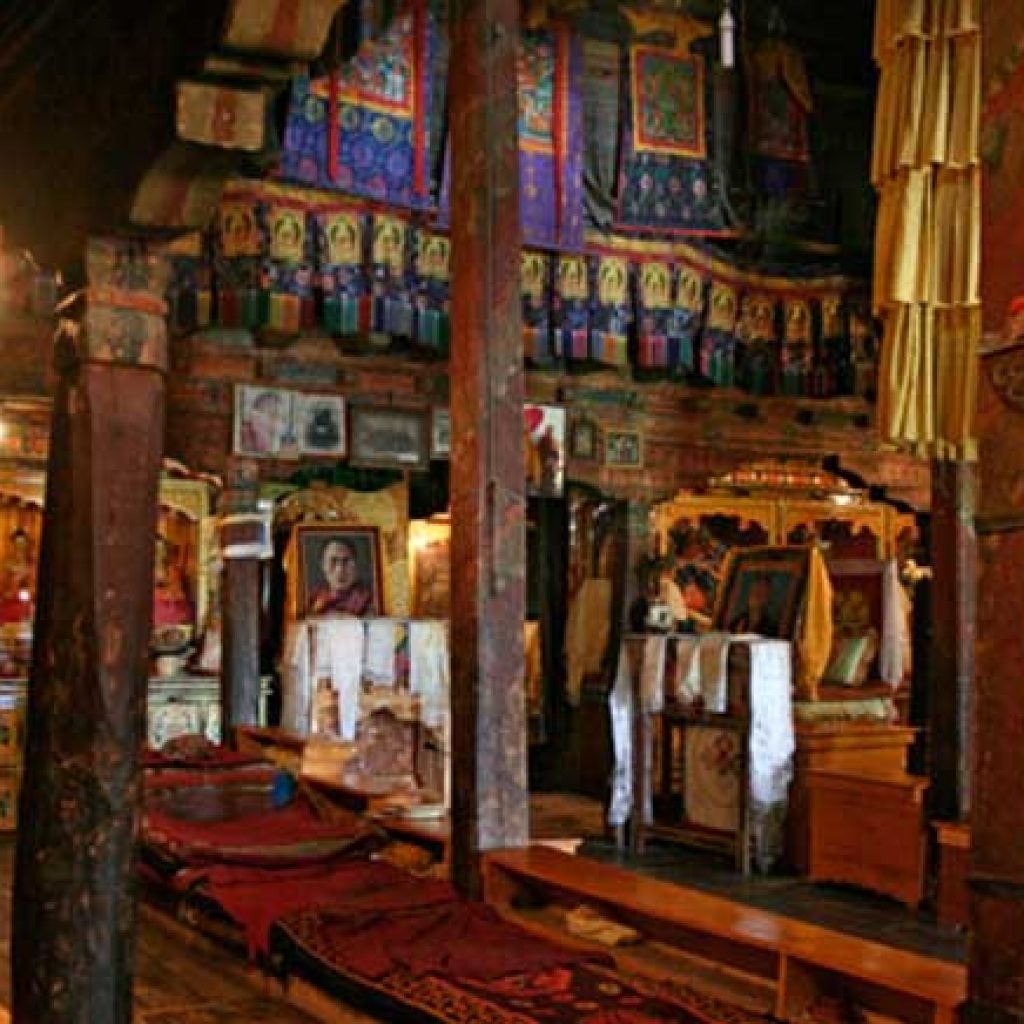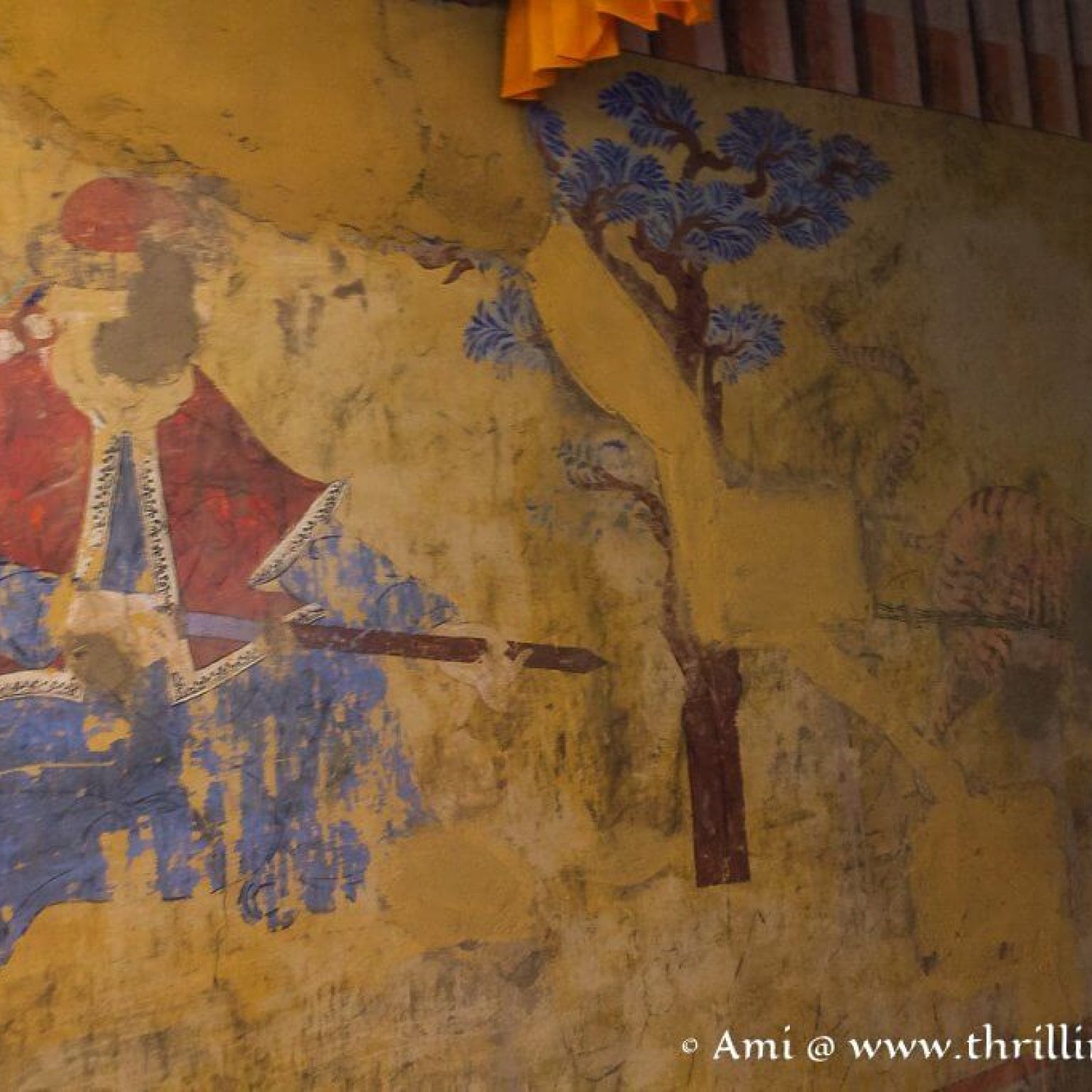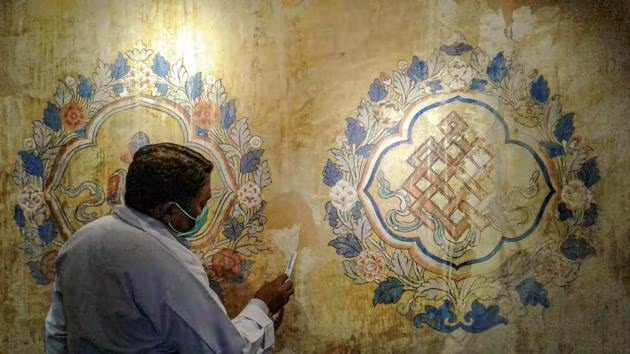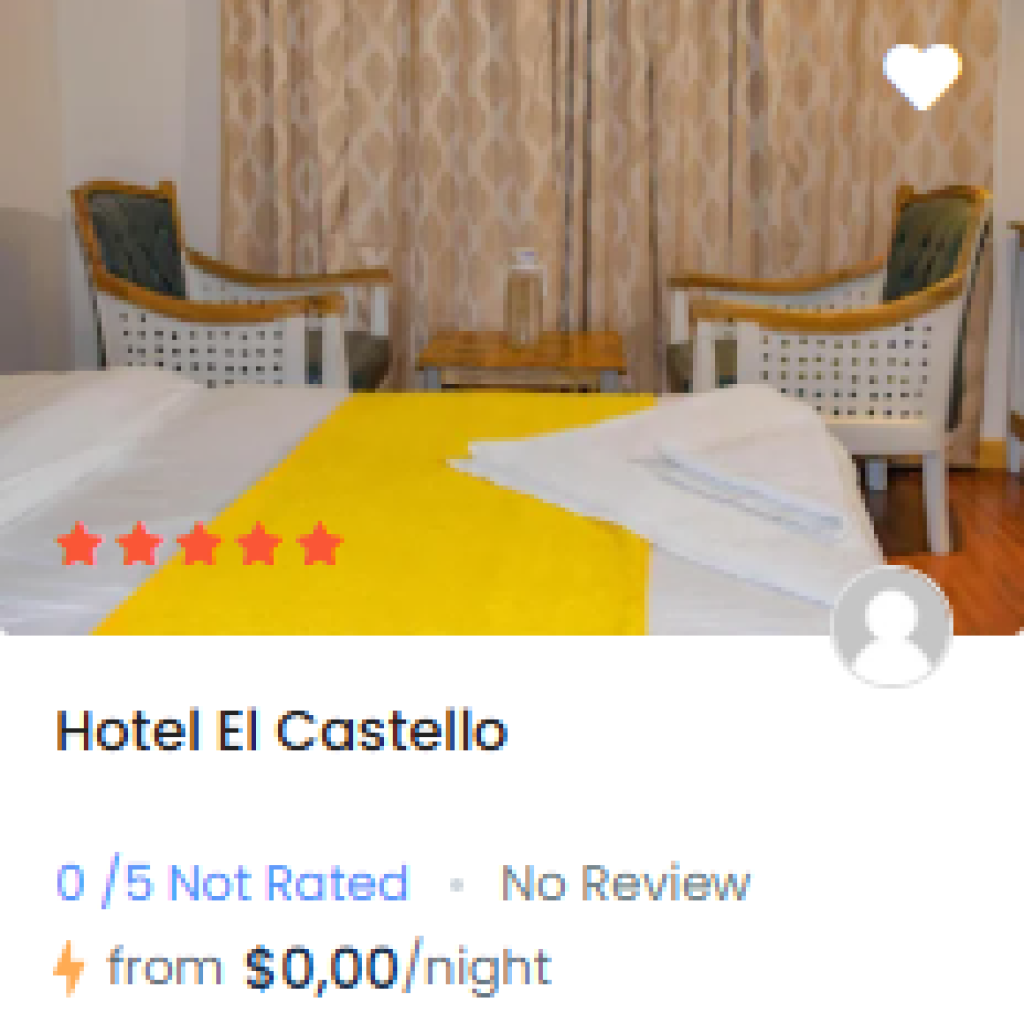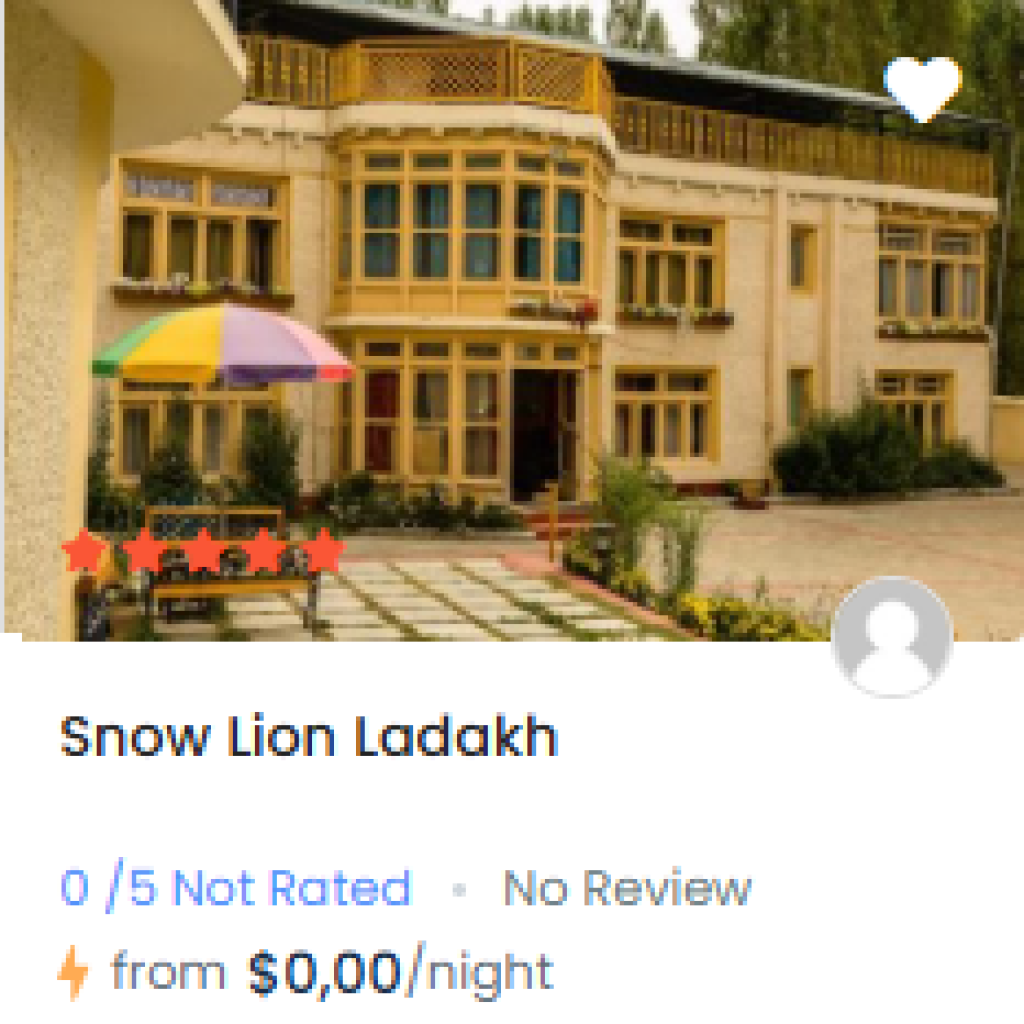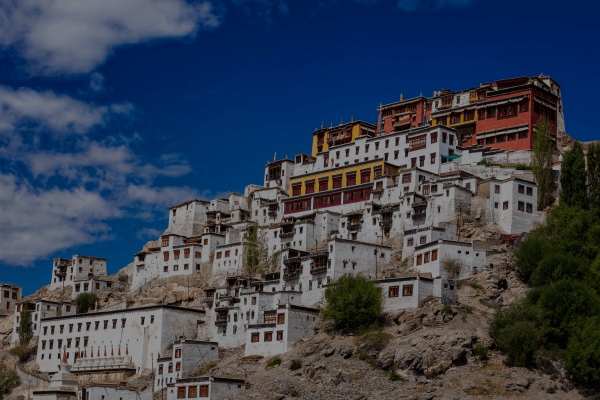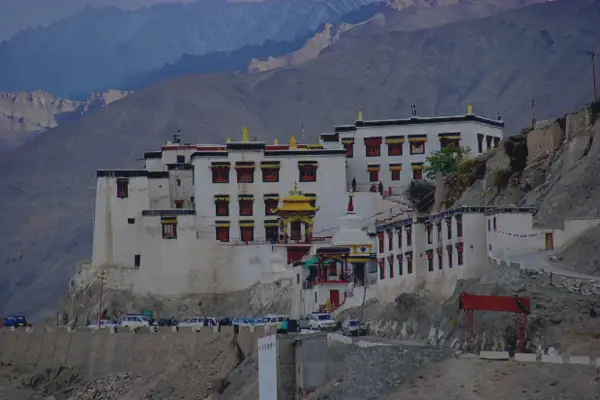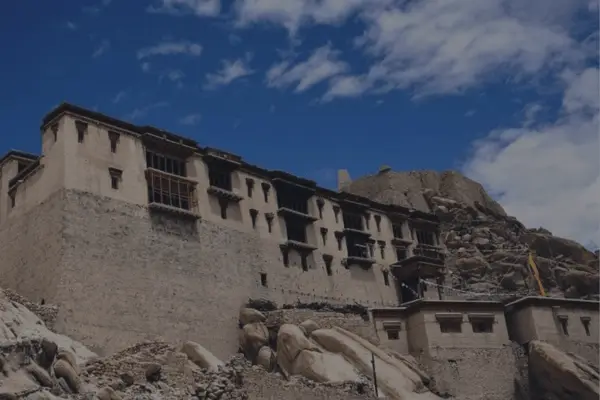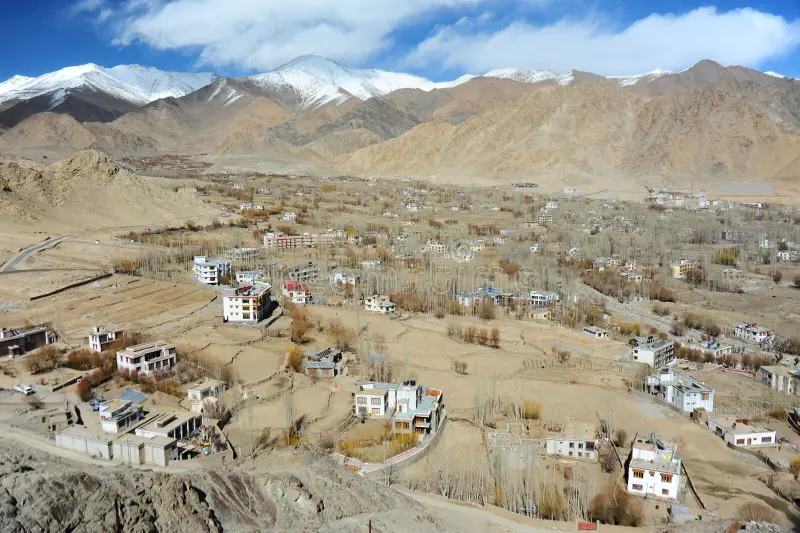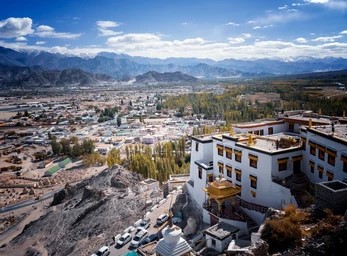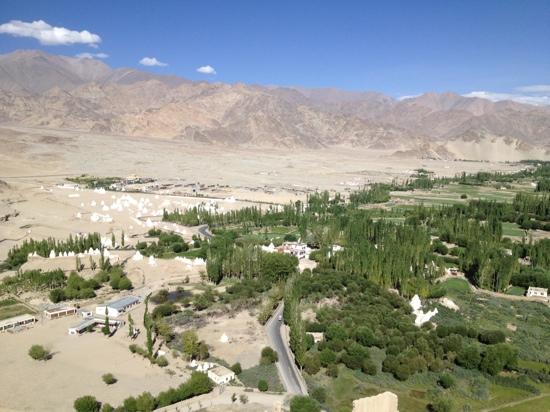The Namgyal Dynasty and Construction of Leh Palace
- Built in the 16th Century: The Leh Palace was constructed in 1553 AD by King Sengge Namgyal, the ruler of Ladakh at that time. It served as the royal residence of the Namgyal dynasty, which ruled Ladakh for several centuries.
- Architectural Influence: The design and layout of Leh Palace bear a striking resemblance to the Potala Palace in Lhasa, Tibet, which was the winter residence of the Dalai Lama. The influence of Tibetan Buddhism is evident in the palace’s construction, decoration, and use of space.
- Dynastic History: The Namgyal family reigned over Ladakh from the 15th to the 19th century. After the royal family was displaced, the palace was abandoned and fell into disrepair. In the mid-19th century, Ladakh came under the control of the Dogras of Jammu & Kashmir, and the royal family gradually lost its power.
- Abandonment and Decline: The palace was abandoned by the royal family after their departure in the 19th century, and it fell into disuse, facing severe damage over time.



